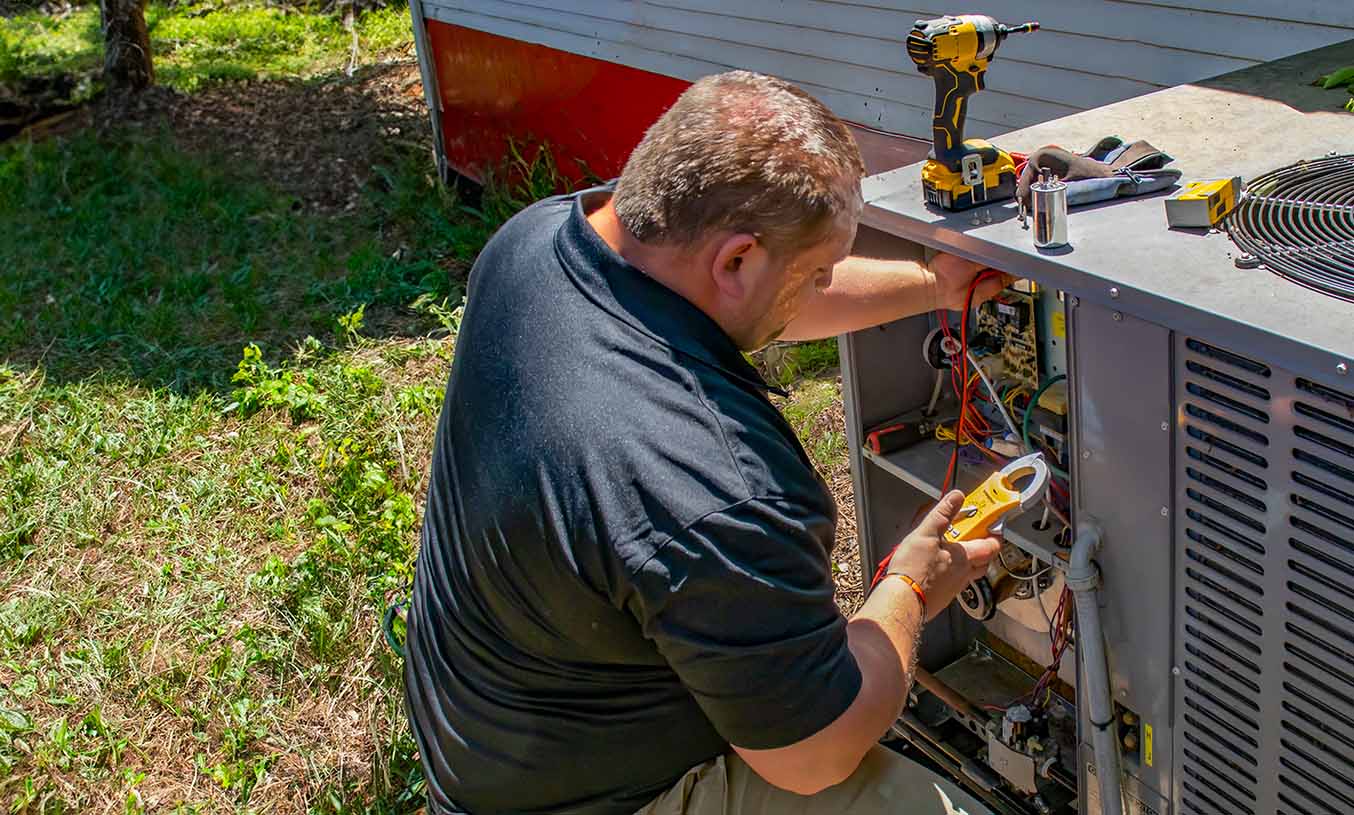

Energy Efficiency
Your trusted partner for professional home services. Quality workmanship, guaranteed satisfaction.




- HEP
- Energy Efficiency
Energy Efficiency | Air Conditioning | Heating and Air Conditioning | Calhoun
When summer presses its humid palms against Calhoun, HEP steps in with smarter air conditioning that keeps your home cool without sending utility bills through the roof. Our certified technicians analyze your space, seal hidden leaks, and install high-SEER systems that whisper instead of roar—so you feel the chill, not the cost. From precision tune-ups to full replacements, every service is designed to squeeze the most comfort out of each kilowatt.
Because we live and work right here in Northwest Georgia, we know that reliability matters as much as efficiency. That’s why we back every install with transparent pricing, 24/7 support, and a satisfaction guarantee that’s as solid as the foothills surrounding Calhoun. Choose HEP and discover how effortless, eco-friendly comfort can be.
FAQs
How does Calhoun’s climate affect the size and efficiency of the air conditioner I should choose?
Calhoun sits in Georgia’s humid subtropical zone, which means long, hot summers, mild winters, and high moisture levels. Because humidity loads are almost as important as temperature loads, you need a properly sized unit that can both cool and de-humidify. An oversized system will short-cycle, wasting energy and leaving the air clammy, while an undersized unit will run continuously and still struggle to reach the setpoint. A Manual J load calculation—factoring in square footage, insulation levels, window exposure, roof color, and occupancy—is the best way to select the right capacity. For most single-family homes in Calhoun, that ends up between 1 ton per 500–700 sq ft, but exact sizing should be confirmed by a licensed HVAC contractor.
What are SEER2 ratings and what minimum rating is recommended for homes in Calhoun?
SEER2 (Seasonal Energy Efficiency Ratio 2) is the updated federal metric that measures how efficiently an air conditioner converts electricity into cooling over an entire season. The higher the SEER2, the less electricity the system uses for a given amount of cooling. As of 2023, the minimum SEER2 for new split systems installed in Georgia is 14.3. For lower operating costs in Calhoun’s long cooling season, most energy experts now recommend stepping up to at least 16–18 SEER2. Every point above the minimum can cut annual cooling costs by roughly 4–5 %, so a 18-SEER2 system can save 15–20 % compared with a 14.3-SEER2 baseline model.
Does upgrading to a variable-speed or inverter-driven compressor really save energy here?
Yes. Traditional single-stage ACs run at 100 % capacity or not at all, so they tend to short-cycle during milder weather, which wastes energy and reduces moisture removal. Variable-speed (a.k.a. inverter-driven) systems modulate output from roughly 30 % to 100 %, matching Calhoun’s changing load hour by hour. That longer, lower-speed operation improves de-humidification, delivers steadier temperatures, and can lower kWh use by 25–40 % compared with a single-stage unit of the same nominal tonnage. The quieter operation and better comfort are added bonuses.
How often should I service my AC unit to keep it running efficiently in northwest Georgia?
Professional preventive maintenance should be done once a year—ideally in early spring before temperatures climb. A tune-up includes cleaning the outdoor coil, tightening electrical connections, checking refrigerant charge, lubricating moving parts, clearing the condensate drain, and verifying airflow. Between visits you can preserve efficiency by changing the air filter every 1–3 months, keeping shrubs at least 2 ft from the condenser for adequate airflow, and hosing away pollen or grass clippings from the outdoor coil.
Are there local rebates or tax incentives for installing a high-efficiency air conditioner in Calhoun?
Yes. Georgia Power’s Home Energy Improvement Program (HEIP) typically offers $150–$300 back for ENERGY STAR® high-efficiency heat pumps or central ACs that meet program criteria. North Georgia EMC members can earn similar rebates, and select utility cooperatives offer bill credits for variable-speed upgrades. In addition, the federal Inflation Reduction Act provides a 30 % tax credit (up to $600) on qualifying air conditioners and up to $2,000 on qualifying heat pumps through 2032. Always confirm current amounts before purchase—utilities update their rebate schedules annually and funds can be limited.
What simple steps can I take to lower my summer cooling bills without sacrificing comfort?
1. Raise the thermostat 2 °F when home and 6–8 °F when away; each degree can cut cooling costs by about 3 %. 2. Install a smart or Wi-Fi thermostat to automate setbacks. 3. Seal air leaks around windows, doors, and attic penetrations with caulk or weather-stripping so you don’t pay to cool outdoor air. 4. Add or upgrade attic insulation to R-49 (≈ 14 in. of blown fiberglass) to slow heat gain through the roof. 5. Use ceiling fans in occupied rooms—set counter-clockwise in summer—to feel 3–4 °F cooler at the same thermostat setting. 6. Keep blinds or reflective shades closed on south- and west-facing windows during peak sun hours. 7. Schedule annual HVAC maintenance; a dirty coil or low refrigerant charge can boost energy use by 10–20 %.